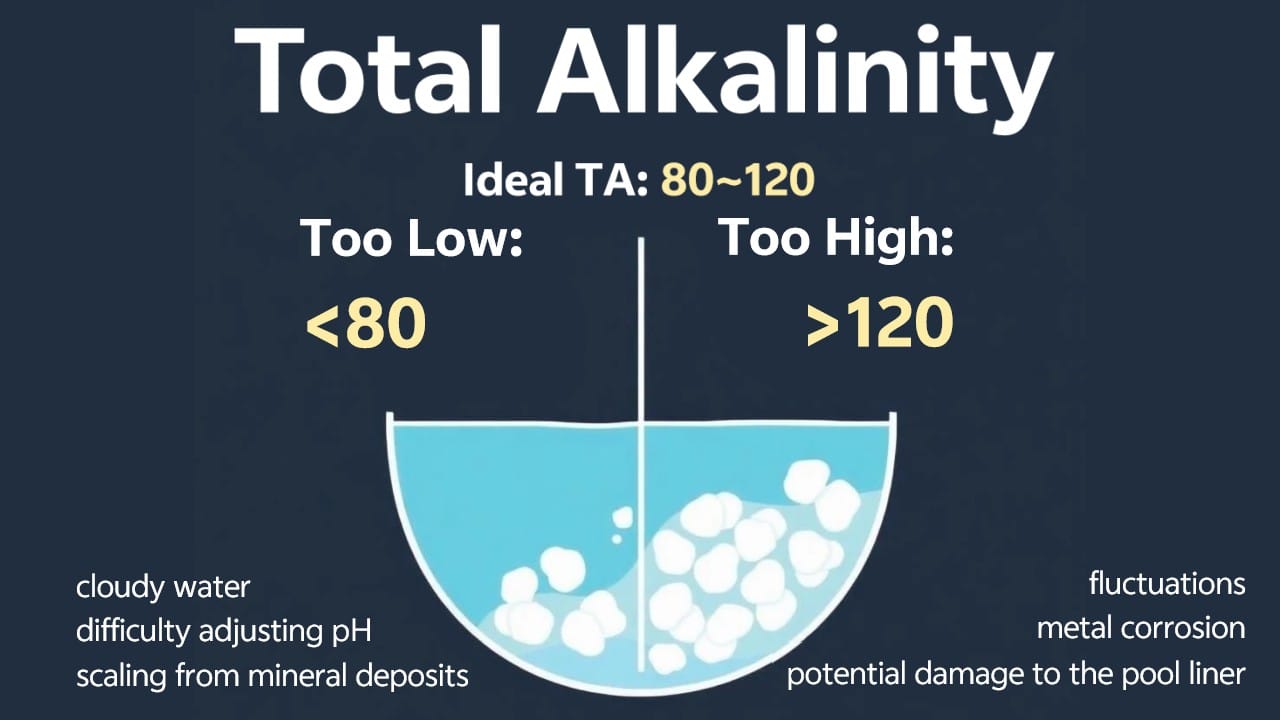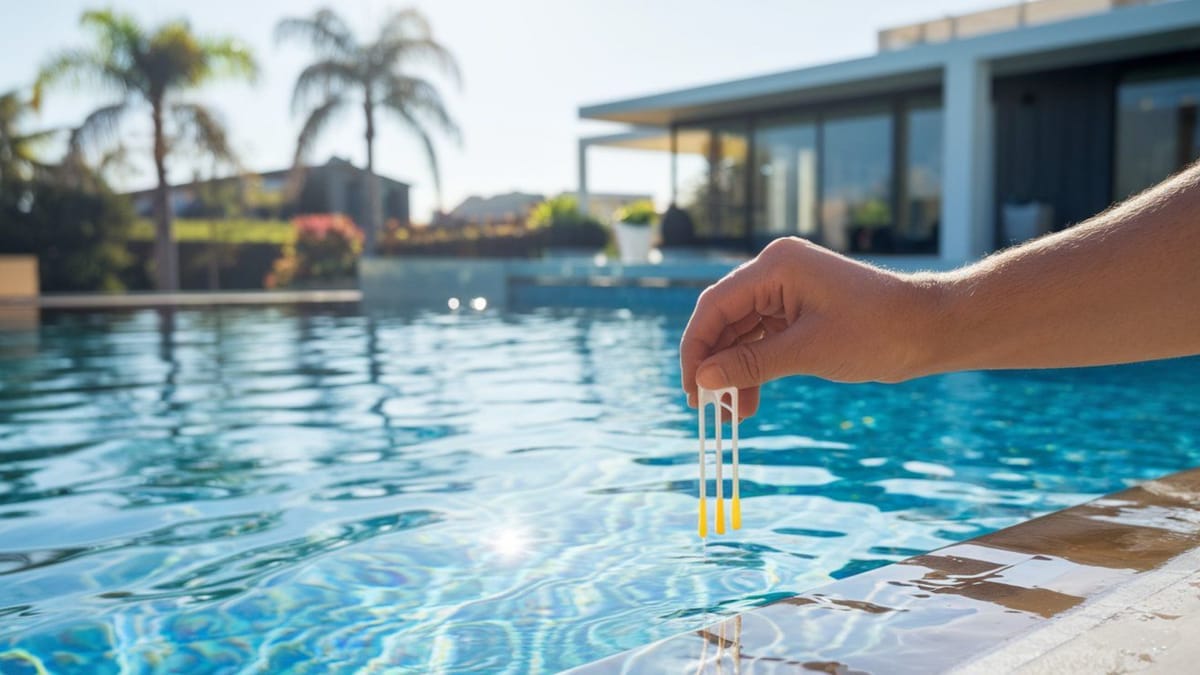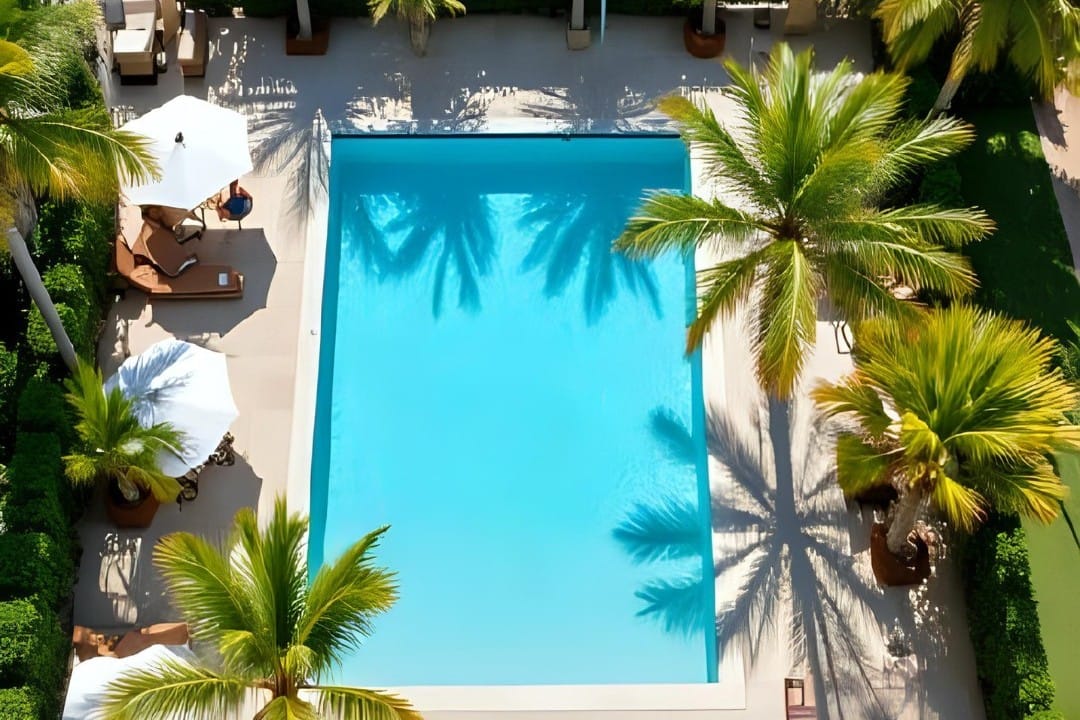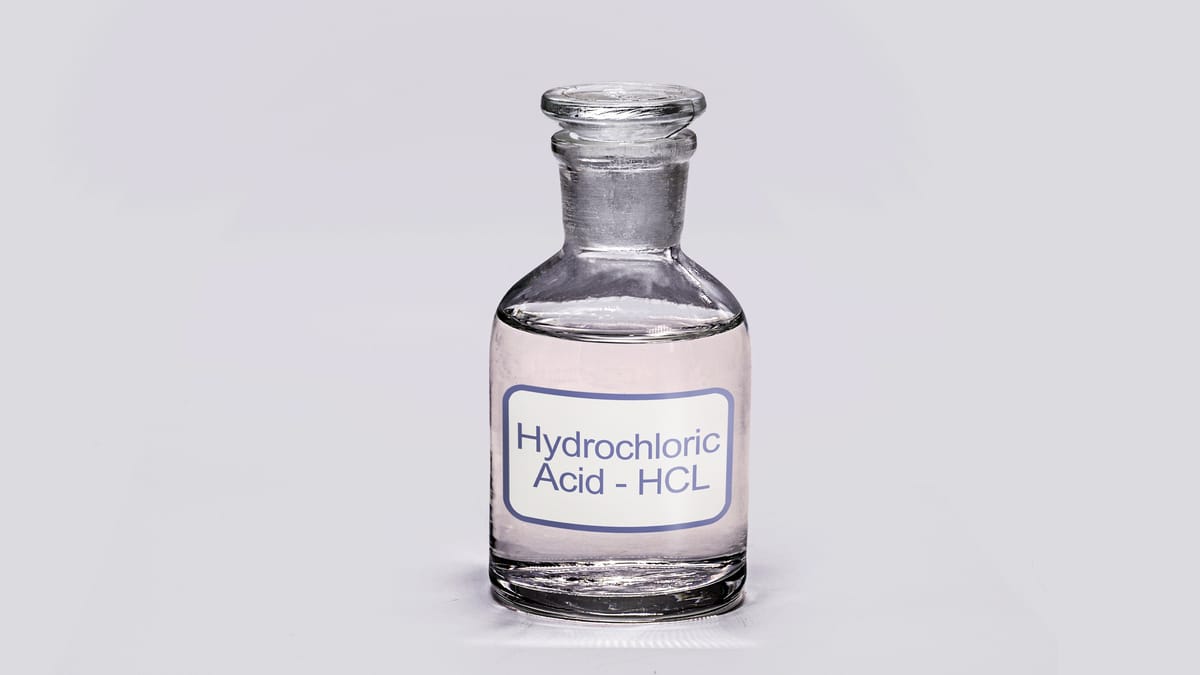Total Alkalinity in Swimming Pools: Why It Matters and How to Manage It

Pool owner, have you ever experienced skin irritation from the swimming pool? The reason is so simple, but you might not be aware of it due to the pool water balance. When the total alkalinity in swimming pools changes, you face problems like skin, ear, or eye irritation or even cloudy pool water. Because of insufficient pool water balance, the pH of the water swings, and you might even see algae growth if the total alkalinity of the pool is not at the right level.
Will changing the total alkalinity in swimming pools stop algae growth? The most common issue with unbalanced pool chemicals is that the answer is yes. Continue reading to learn how to adjust total alkalinity in swimming pools.
What Is Total Alkalinity and Why Is It Important?
What is the total alkalinity in a pool? It is part of pool water chemistry to give you a nice swimming experience. Ideal total alkalinity levels are required in pools so that your pool water chemistry stays stable. pH stability depends on how much total alkalinity (TA) you have in your pool. It is measured in PPM (parts per million). If you have ideal total alkalinity levels, then it acts as a buffer to maintain pH stability.
To keep pool water chemistry right, total alkalinity acts as a buffer to protect pH, and its levels should be maintained at 80-120 ppm. If pool alkalinity is imbalanced, then you might face consequences.

Consequences of Imbalance In Pool Alkalinity
- Total alkalinity is too low: You will notice a lack of pH stability and pH fluctuations in the pool water chemistry. You might even see metal parts in the pool get corroded, and the pool liner gets damaged.
- Total alkalinity is too high: If that’s the case, then you will see cloudy water, scaling that builds up mineral deposits, and it’s difficult to adjust pH.
You get more hassle just by not keeping ideal total alkalinity levels in the pool. It takes no more than 5-10 minutes to get pool water chemistry right. And pool alkalinity levels will take care of pH stability.
Common Causes of Alkalinity Imbalance
Now you already know what total alkalinity is in a pool, but what causes its level to fluctuate? Things that contribute to pool alkalinity imbalance are rainwater. This causes water to get diluted. Bodily fluids could be the reason. The overuse of certain chemicals, whether acidic or basic, including your sunscreen, can affect pool water chemistry.
Pool alkalinity levels depend on the characteristics of local water sources. You now know what the total alkalinity in a pool is, but if you don’t do proper maintenance, then its level gets imbalanced and you face problems.
How to Test and Adjust Total Alkalinity
To test the total alkalinity level in a pool, there are different methods you can use:
The drop test kits are the most accurate way for home use. It is a simple titration method, where you will obtain pool water and continue adding reagent drops until the color changes. Count the number of drops it took and follow the guide.
There is another method for checking pool alkalinity using test strips. These are quick ways, but they won’t be as precise. Dip the strip in water and compare its color with the chart in the kit within 15-30 seconds.

If you frequently check your pool water chemistry, then digital testers might be a good fit for you. Because they are digital, they also give easy-to-read results, so it’s easier for you.
Key Tip: Always test TA before adjusting pH, as the total alkalinity can affect pH stability.

How to Raise Total Alkalinity
If you know your pool water chemistry and pool alkalinity are below 80 ppm, then here’s a step-by-step guide on how to raise them:
- First, calculate the pool volume, which is the amount of water the pool holds in gallons, so you know how much chemical to add.
- You can purchase chemicals from a pool store, which can be expensive, or you can use baking soda, as sodium bicarbonate is preferred to increase total alkalinity.
- It is generally recommended to add 1.5 pounds of baking soda per 10,000 gallons to raise total alkalinity by 10 ppm.
- If you dump it in one spot, then you will get localized pH spikes. Ensure that baking soda is broadcast evenly across the deep end of the pool. And turn on the pool pump for better circulation.
- Retest the total alkalinity and pH of the pool after 6 hours to ensure they are at the correct levels.
Important Note: Do not overshoot. Don’t add too much baking soda at once. Small increments are much safer.
How to Lower Total Alkalinity
If your pool alkalinity level is 120-150 ppm, and to lower it, here are the chemicals you need:
- Muriatic Acid (Hydrochloric Acid): It is very effective, and you should handle it with care because it is corrosive.
- Sodium Bisulfate (Dry Acid): It is a safer alternative and hence, slower acting.

Here’s a step-by-step guide on how to lower total alkalinity levels:
- You will need to know the required amount of acid to add to the pool. You can use an online pool calculator or the manufacturer’s instructions.
- This step is optional for faster TA reduction. Turn off the pool pump temporarily to allow the acid to concentrate when poured.
- Always pour acid into the deep end, not on the surface. Try to pour near the return jets.
- You should wait at least 4 hours before turning on the pump for full circulation.
- Always test after 6-8 hours, including TA and pH, to ensure your pool water chemistry is correct and levels are ideal.
Pro Tip: When you lower TA, it will usually lower pH as well. So you may need to aerate water to restore pH without rising TA again. You can do it via jets or fountains. This way, pH is restored more quickly than you are waiting for it.
Additional Tips for Accuracy and Safety
You now know what the total alkalinity is in a pool, but not its accuracy. Here’s how to know it:
Constantly adjust the total alkalinity before adjusting the pH, because TA affects the pH of the pool if its level is changed. You should never mix acid and base chemicals simultaneously in the pool. You should wait for several hours between each treatment to avoid false results. And what about safety?
You should always wear gloves and goggles when handling strong chemicals. Keep them out of reach of children. Rain affects your pool water chemistry, and to minimize pool alkalinity fluctuations, keep the pool covered during heavy rain.
Beyond Chemicals: Other Ways to Keep Your Pool Healthy
You can learn what total alkalinity is in a pool, and you can handle pool water chemistry. This is only one part of pool maintenance, and you still have to maintain the pool regularly. Regularly removing debris, cleaning pool surfaces and walls, and running pumps for better circulation help prevent algae and scaling growth in your pool.

You can get pool water chemistry right in just a matter of minutes. But pool cleaning is such a time-intensive task. Because even if you have perfect pool water chemistry, poor circulation or debris buildup in the pool will give you more things to worry about. You will see cloudy water and algae growth. What can you do to take care of pool cleaning?
There are new and advanced pool cleaners on the market, like the Aiper Suba X1 Pro Max, which can take care of pool cleaning all by itself. Because it is cordless, you don’t have to worry about its cord getting stuck somewhere and needing your help. It has new technology, that is why it has smart navigation to identify your complex pool shape and clean it for you. You can schedule it to clean frequently just by using an app.
The Final Thoughts
Just by learning what total alkalinity is in a pool, you won’t get an ideal pool. You need to maintain pH. To maintain pH stability of the pool, you should take care of pool alkalinity for better pool water chemistry. Because if you don’t, then you could see algae, corrosion, and calcium build-up on the walls. What can you do now?
This is why you should test total alkalinity weekly, so you can keep it at ideal levels. Always adjust the pool's alkalinity levels before adjusting the pH. For better pool water chemistry, keep chemicals balanced and pH around 7.2. Does taking care of pool water chemistry all you need to do?
You need to keep the pool clean as well. Regular removal of debris is required. For effortless pool care, consider combining proper water chemistry with smart tools that simplify cleaning – because a clean pool is a happy pool. Don’t waste your time on manual cleaning - explore Aiper for a happy pool with time-saving features!



